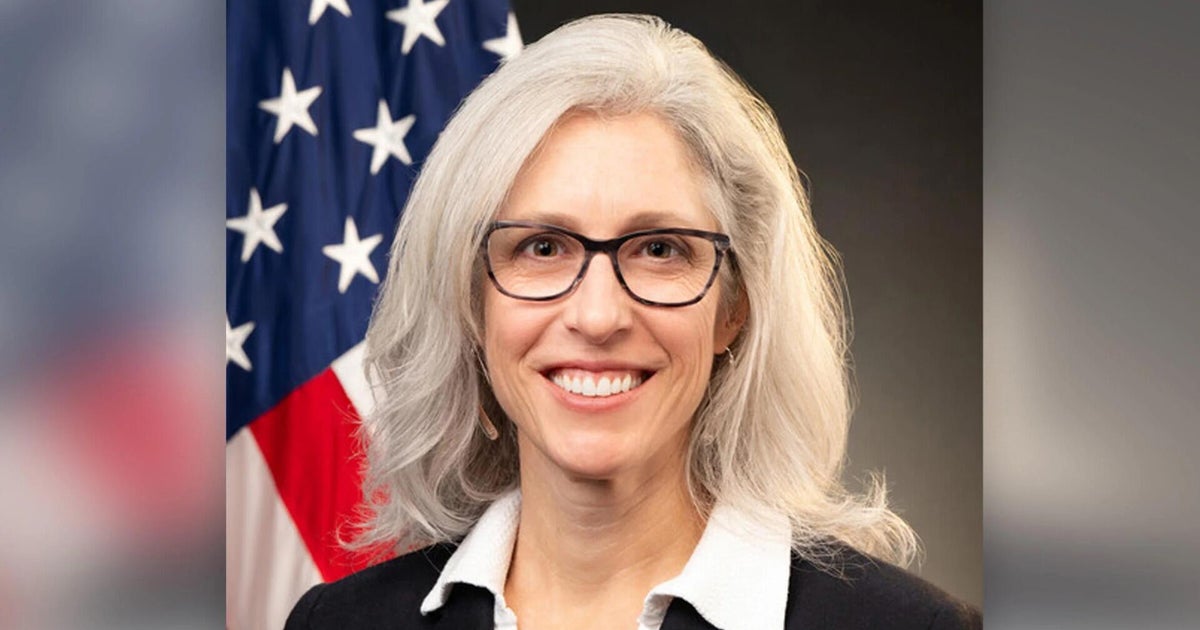New CDC Director Forced to Resign After Less Than a Month

New CDC Director Forced to Resign After Less Than a Month
Susan Monarez, who was appointed as the new director of the Centers for Disease Control and Prevention (CDC) just three weeks ago, has been forced to resign. The Department of Health and Human Services (HHS) made the surprising announcement on social media, stating that Monarez was no longer the director of the agency.
Controversy Surrounding the Resignation
Monarez's lawyers have stated that she did not resign voluntarily and was not informed that she was being fired. This abrupt change in leadership has caused confusion and concern within the CDC and the general public. Monarez's resignation comes after three other top leaders at the agency also stepped down, raising questions about the reason behind these sudden changes.
What This Means for the CDC
The CDC is a critical agency in the fight against the ongoing COVID-19 pandemic. With the recent resignations, there is now a leadership vacuum at the agency during a crucial time. This has also raised concerns about the politicization of the agency and the potential impact on its ability to effectively handle public health issues.
About the Organizations Mentioned
Centers for Disease Control and Prevention
The Centers for Disease Control and Prevention (CDC) is a premier U.S. public health agency established on July 1, 1946, originally as the Communicable Disease Center. It evolved from the wartime Malaria Control in War Areas program (MCWA) created during World War II to combat malaria around military bases in the southern United States[1][3][7]. Headquartered in Atlanta, Georgia, the CDC has grown from a regional malaria control unit to a comprehensive national and global health protection agency. The CDC’s mission is to protect public health and safety through disease control and prevention, health promotion, and emergency preparedness. It investigates and responds to emerging health threats such as infectious diseases—including COVID-19, influenza, and bioterrorism agents—as well as chronic diseases, injuries, workplace hazards, environmental health threats, and more[2][6]. The agency conducts scientific research via over 200 specialized laboratories nationwide, supports public health workforce development, and communicates critical health information to the public[6][5]. Throughout its history, the CDC has expanded its scope and structure significantly. It was renamed the Center for Disease Control in 1970, then the Centers for Disease Control in 1980 as it incorporated multiple centers, and finally adopted the current name, Centers for Disease Control and Prevention, in 1992 to emphasize prevention efforts while retaining the CDC acronym for recognition[2][8]. Its organizational breadth now includes centers focused on infectious diseases, chronic diseases, environmental health, injury prevention, occupational safety, and health statistics. Notable achievements include leading vaccination campaigns against diseases like measles and rubella, advancing injury prevention, and mounting global efforts against infectious outbreaks. The CDC also played a pivotal role in combating antibiotic misuse and bioterrorism preparedness. Despite past controversies like the Tuskegee syphilis study, the agency remains a leader in epidemiology and public health innovation, employing a multidisciplinary workforce of scientists, clinicians, and public health experts dedicated t
Department of Health and Human Services
## Overview The Department of Health and Human Services (HHS) is a cabinet-level executive branch department of the U.S. federal government, established to protect the health and well-being of all Americans and to provide essential human services, particularly for those most in need[1][2][4]. With a mission to “enhance the health and well-being of all Americans,” HHS is the principal agency responsible for public health, biomedical research, and the administration of major social welfare programs[1][9]. ## What HHS Does HHS oversees a vast array of programs and services, including direct health care provision, health insurance (Medicare, Medicaid, Children’s Health Insurance Program), public health research, disease prevention, food and drug safety, and emergency preparedness[1][2][5]. The department also funds and supports maternal and child health, early childhood development, substance abuse and mental health services, social services for low-income families, and comprehensive health services for Native Americans[2][7]. HHS works closely with state and local governments, as well as private sector partners, to deliver many of these services[2][3]. ## History HHS traces its origins to the Department of Health, Education, and Welfare (HEW), established in 1953. When the Department of Education was created in 1979, HEW was reorganized into HHS, focusing exclusively on health and human services[1][4]. The department has since evolved to address emerging public health challenges, from the HIV/AIDS epidemic to the COVID-19 pandemic[5]. ## Key Achievements - **Medicare and Medicaid:** HHS administers these programs, which provide health insurance to millions of elderly, disabled, and low-income Americans, making it the nation’s largest health insurer[1][2][6]. - **Public Health Leadership:** HHS agencies like the Centers for Disease Control and Prevention (CDC), National Institutes of Health (NIH), and Food and












